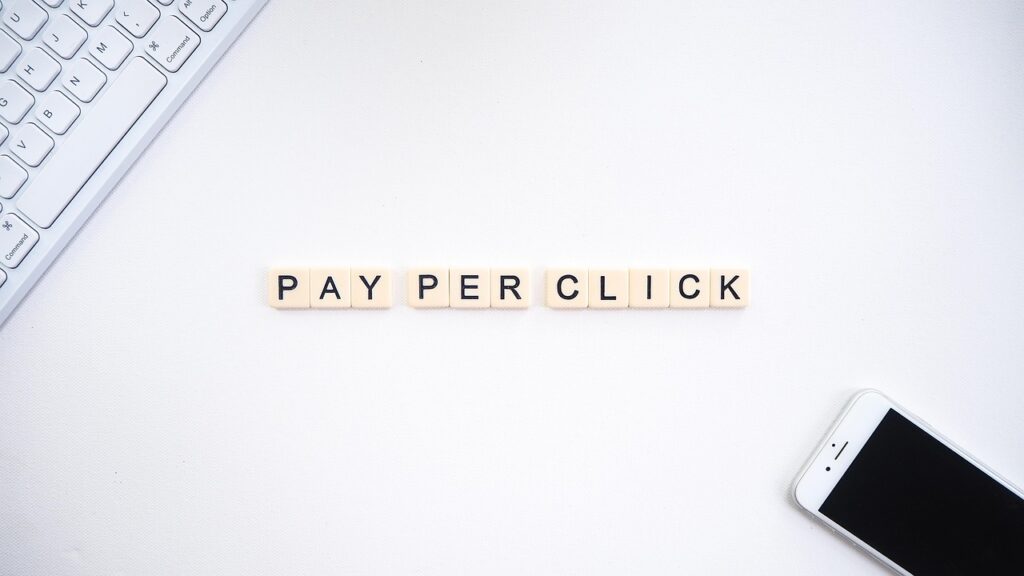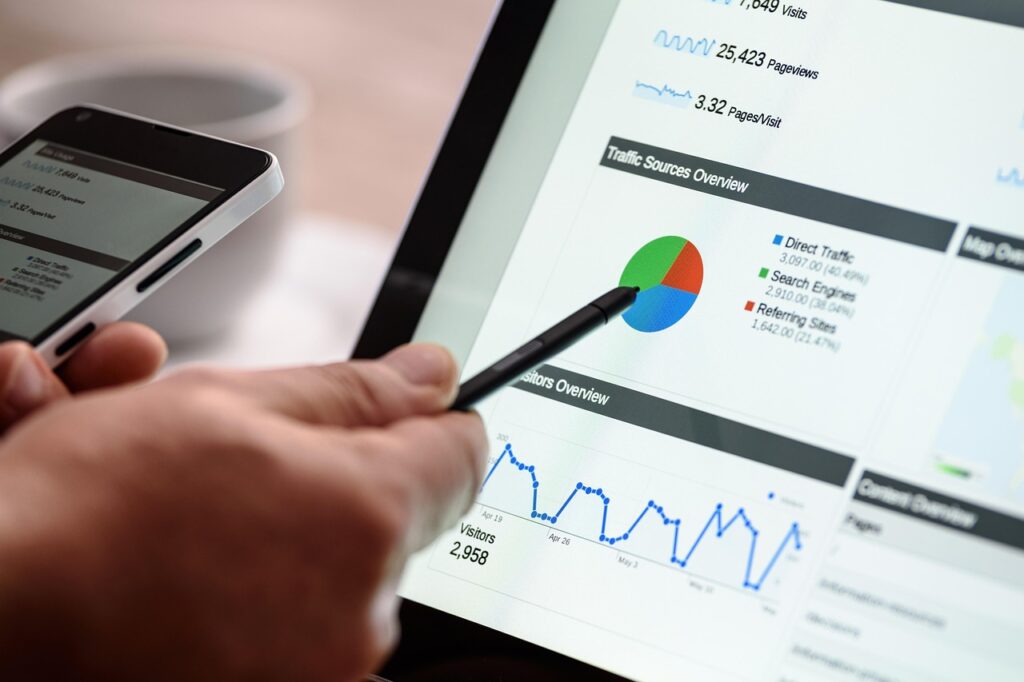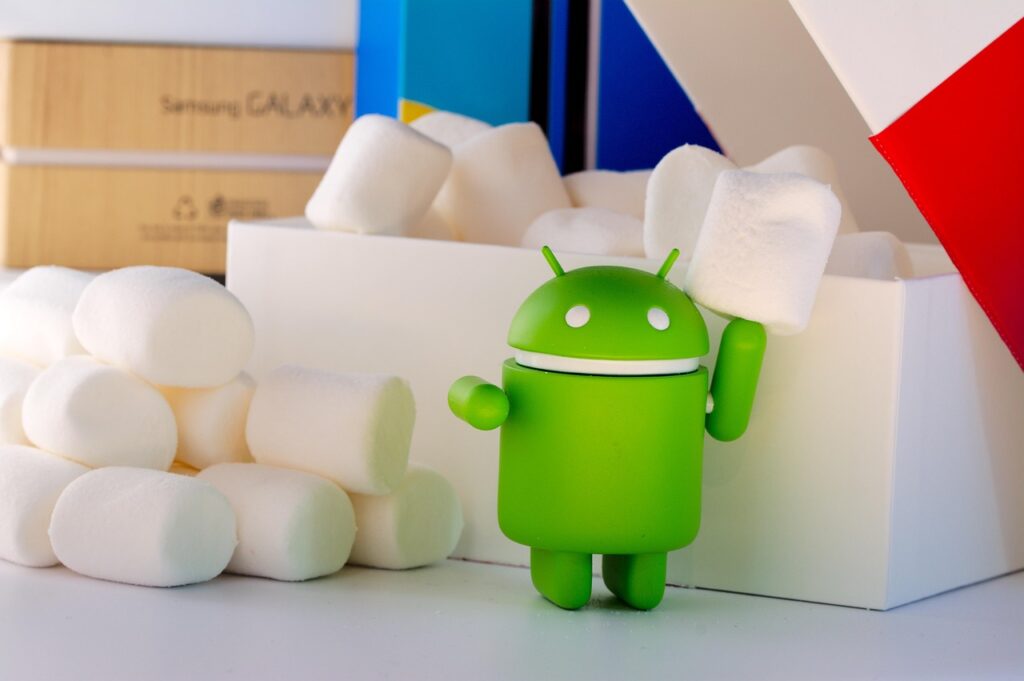Table of Contents

Introduction
In today’s digital landscape, building a strong brand identity is crucial for businesses to stand out in a crowded market. With the rise of online shopping and digital marketing, consumers have more options than ever before, and businesses need to find ways to differentiate themselves and build a loyal customer base. One effective way to build a brand is through Google Ads and PPC (Pay-Per-Click) marketing. By leveraging the power of Google Ads, businesses can increase their online visibility, drive traffic to their website, and ultimately drive conversions and sales.
Google Ads is a powerful marketing platform that allows businesses to create and display ads on Google’s search engine and other websites. With Google Ads, businesses can target specific keywords, demographics, and interests to reach their target audience. By using Google Ads, businesses can increase their online visibility, drive traffic to their website, and ultimately drive conversions and sales.
In this comprehensive guide, we’ll explore how to build a brand through Google Ads and PPC marketing. We’ll cover the benefits of using Google Ads for branding, how to build a brand through Google Ads, PPC marketing strategies for branding, best practices for Google Ads and PPC marketing, and advanced Google Ads features.
What is Google Ads?
Google Ads, formerly known as Google AdWords, is a powerful online advertising platform developed by Google. It allows businesses to create and display ads on Google’s search engine and other websites across the internet. With Google Ads, businesses can target specific keywords, demographics, and interests to reach their target audience.
How Does Google Ads Work?
Google Ads works on a pay-per-click (PPC) model, which means that businesses only pay for ads when a user clicks on them. Here’s how it works
- Keyword Research: Businesses research and select keywords that are relevant to their products or services.
- Ad Creation: Businesses create ads that are relevant to their target audience and include the selected keywords.
- Ad Auction: When a user searches for a keyword, Google Ads holds an auction to determine which ads to display.
- Ad Ranking: The ads are ranked based on factors such as bid amount, ad relevance, and landing page quality.
- Ad Display: The highest-ranked ads are displayed on Google’s search engine results page (SERP).

Benefits of Google Ads
- Here are some benefits of using Google Ads:
- Targeted Advertising: Google Ads allows businesses to target specific keywords, demographics, and interests to reach their target audience.
- Measurable Results: Google Ads provides measurable results, allowing businesses to track the effectiveness of their campaigns.
- Flexibility: Google Ads allows businesses to adjust their campaigns in real-time, making it easy to optimize and improve performance.
- Increased Conversions: Google Ads can drive conversions and sales for businesses by targeting users who are actively searching for their products or services.
Types of Google Ads
- Here are some types of Google Ads:
- Search Ads: Text-based ads that appear on Google’s search engine results page.
- Display Ads: Image-based ads that appear on websites across the internet.
- Video Ads: Video-based ads that appear on YouTube and other video-sharing platforms.
- Shopping Ads: Product-based ads that appear on Google’s search engine results page and Google Shopping.

Google Ads Features
Here are some Google Ads features:
- Keyword Targeting: Target specific keywords to reach users who are searching for your products or services.
- Ad Extensions: Add additional information to your ads, such as site links and callouts.
- Location Targeting: Target users based on their location.
- Demographic Targeting: Target users based on their demographics, such as age and gender.
Google Ads Benefits for Businesses
- Here are some benefits of Google Ads for businesses:
Increased Conversions: Google Ads can drive conversions and sales for your business by targeting users who are actively searching for your products or services.
Increased Online Visibility: Google Ads can increase your online visibility and reach a wider audience.
Targeted Advertising: Google Ads allows you to target specific keywords, demographics, and interests to reach your target audience.
Measurable Results: Google Ads provides measurable results, allowing you to track the effectiveness of your campaigns.
Benefits of Google Ads for Branding
Here are some benefits of using Google Ads for branding:
- Increased Visibility: Google Ads can increase your brand’s visibility and reach a wider audience.
- Targeted Advertising: Google Ads allows you to target specific keywords, demographics, and interests to reach your target audience.
- Measurable Results: Google Ads provides measurable results, allowing you to track the effectiveness of your campaigns.
- Flexibility: Google Ads allows you to adjust your campaigns in real-time, making it easy to optimize and improve performance.

How to Build a Brand Through Google Ads
Here are some steps to build a brand through Google Ads:
- Define Your Target Audience: Understand your target audience, including their needs, preferences, and behaviors.
- Choose Relevant Keywords: Choose relevant keywords that align with your brand and target audience.
- Create Compelling Ad Copy: Create compelling ad copy that resonates with your target audience and communicates your brand’s value proposition.
- Use Ad Extensions: Use ad extensions, such as site links and callouts, to provide additional information and enhance your ad’s visibility.
- Optimize Your Landing Page: Optimize your landing page to provide a seamless user experience and align with your ad’s message.
PPC Marketing Strategies for Branding
Here are some PPC marketing strategies for branding:
- Branded Keywords: Use branded keywords to target users who are searching for your brand.
- Competitor Conquesting: Use competitor conquesting to target users who are searching for your competitors.
- Display Ads: Use display ads to target users who are browsing websites that are relevant to your brand.
- Remarketing: Use remarketing to target users who have previously interacted with your brand.
Best Practices for Google Ads and PPC Marketing
Here are some best practices for Google Ads and PPC marketing:
- Set Clear Goals: Set clear goals and objectives for your campaigns.
- Monitor and Optimize: Monitor and optimize your campaigns regularly to improve performance.
- Use Relevant Keywords: Use relevant keywords that align with your brand and target audience.
- Create Compelling Ad Copy: Create compelling ad copy that resonates with your target audience.
Measuring the Success of Your Google Ads Campaigns
To measure the success of your Google Ads campaigns, you can use metrics such as:
- Click-Through Rate (CTR): The percentage of users who click on your ad after seeing it.
- Conversion Rate: The percentage of users who complete a desired action after clicking on your ad.
- Cost Per Click (CPC): The cost of each ad click.
- Return on Ad Spend (ROAS): The revenue generated by your ad campaign divided by the cost of the campaign.
Tips for Improving Your Google Ads Campaigns
Here are some tips for improving your Google Ads campaigns:
- Use Negative Keywords: Use negative keywords to exclude irrelevant searches and improve ad targeting.
- Optimize Your Ad Copy: Optimize your ad copy to improve CTR and conversion rates.
- Use Ad Extensions: Use ad extensions to provide additional information and enhance your ad’s visibility.
- Monitor and Optimize Your Campaigns: Monitor and optimize your campaigns regularly to improve performance.

Advanced Google Ads Features
Here are some advanced Google Ads features that can help you build a strong brand:
- Google Ads Scripts: Google Ads scripts allow you to automate tasks and optimize your campaigns.
- Google Ads API: Google Ads API allows you to build custom tools and integrations.
- Google Ads Remarketing: Google Ads remarketing allows you to target users who have previously interacted with your brand.
Case Studies
Here are some case studies of businesses that have successfully used Google Ads and PPC marketing to build their brand and drive conversions:
- Case Study 1: A fashion retailer used Google Ads to increase brand awareness and drive sales. By targeting relevant keywords and using ad extensions, the retailer was able to increase CTR and conversion rates.
- Case Study 2: A travel company used Google Ads to target users who were searching for travel-related keywords. By using remarketing and display ads, the company was able to increase bookings and revenue.

Conclusion
Building a brand through Google Ads and PPC marketing requires a strategic approach. By understanding your target audience, choosing relevant keywords, and creating compelling ad copy, you can increase your brand’s visibility and drive conversions. By following best practices and staying up-to-date with the latest trends and technologies, you can optimize your campaigns and achieve your marketing goals.
Final Tips
Here are some final tips for building a brand through Google Ads and PPC marketing:
- Stay Up-to-Date with the Latest Trends: Stay up-to-date with the latest trends and technologies in Google Ads and PPC marketing.
- Continuously Monitor and Optimize: Continuously monitor and optimize your campaigns to improve performance.
- Focus on Your Target Audience: Focus on your target audience and create ad copy that resonates with them.
- Use Ad Extensions: Use ad extensions to provide additional information and enhance your ad’s visibility.
By following these tips and best practices, you can build a strong brand through Google Ads and PPC marketing and drive conversions for your business.
WEBSITE :The POWERFUL Role of UX/UI Design in Branding a Website – Content writer
Google Ads – Get Customers and Sell More with Online Advertising